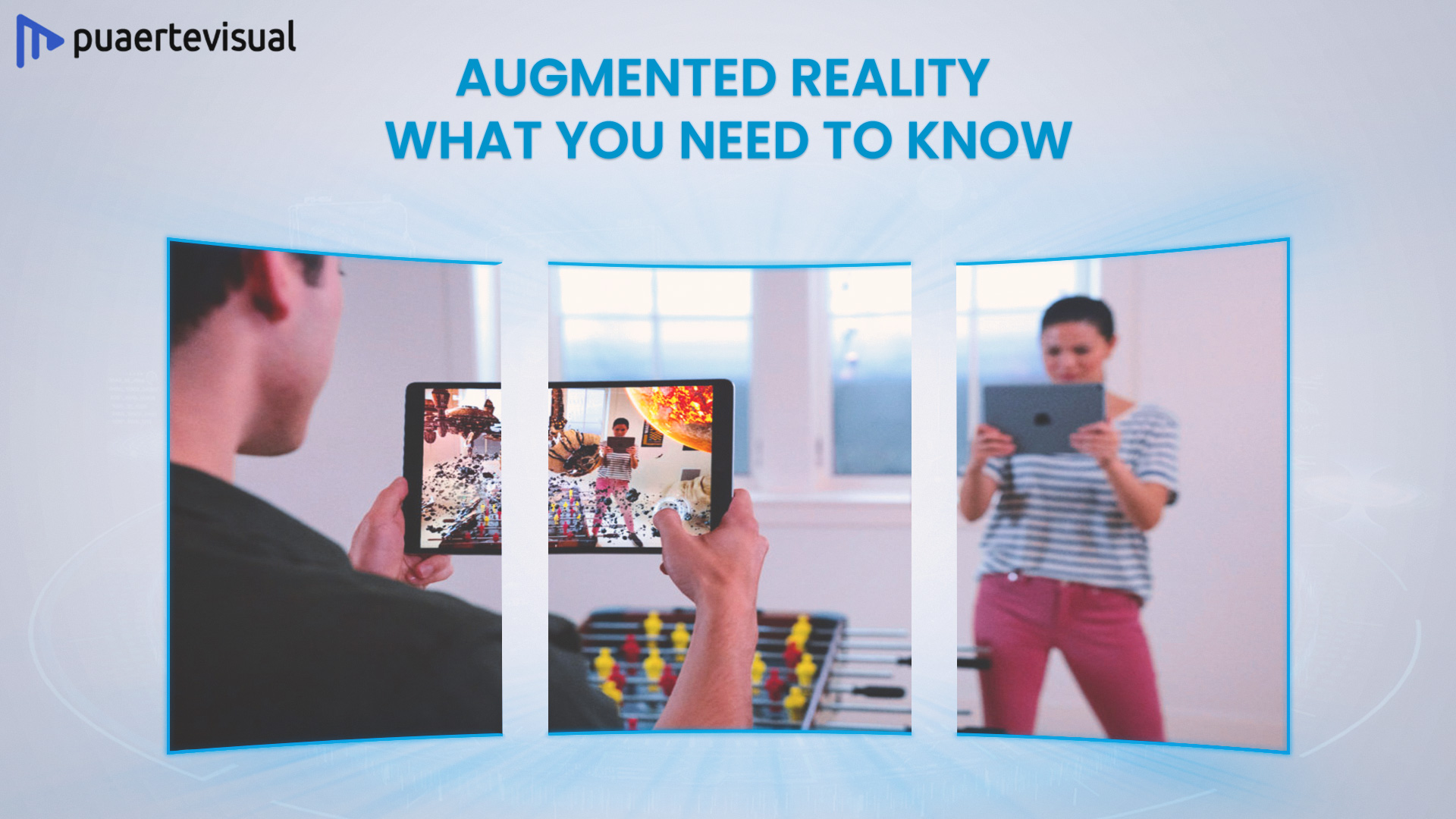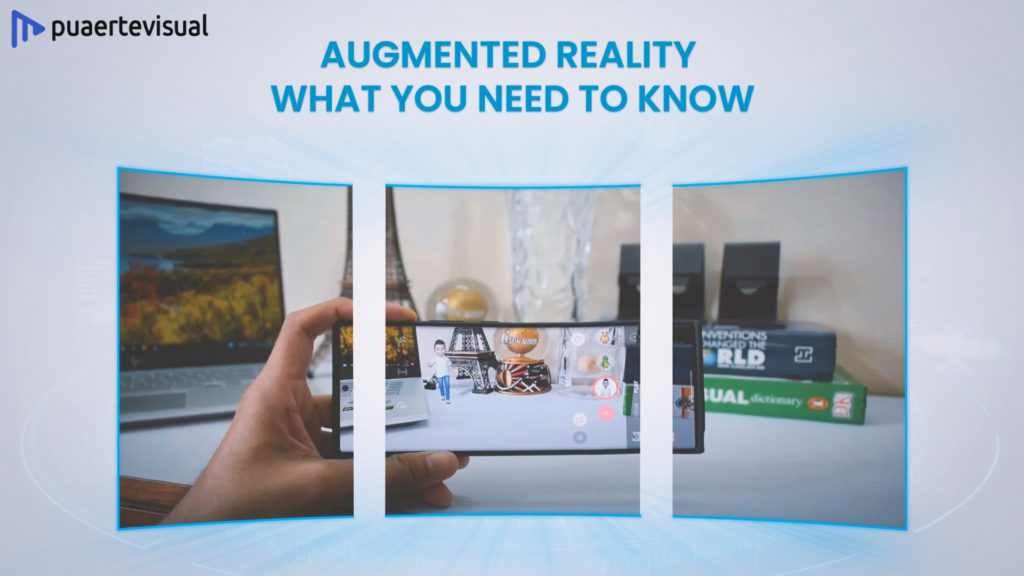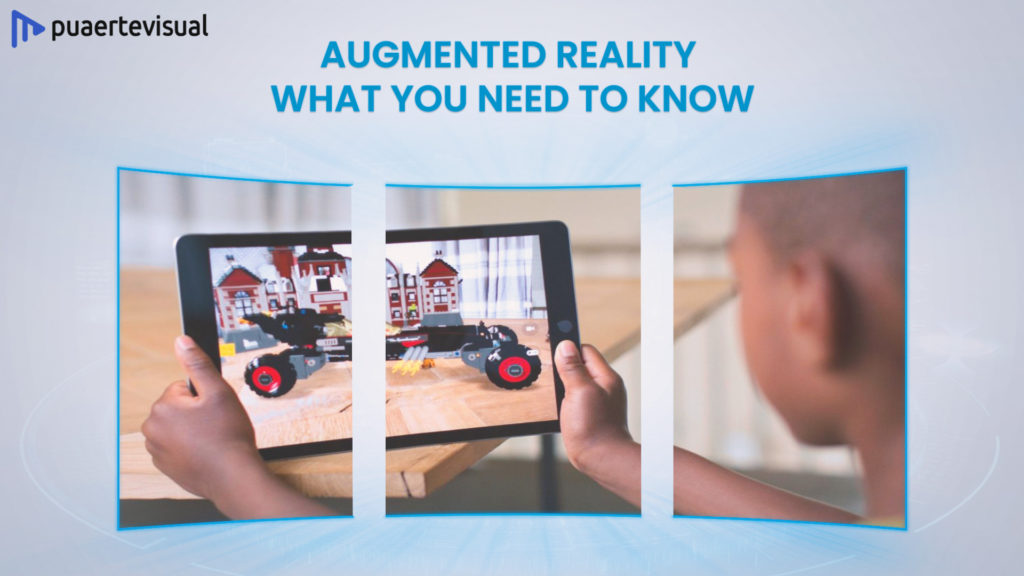
Augmented reality (AR) is an experience in which designers employ computer-generated input to augment aspects of the user’s physical surroundings. This can include graphics, videos, GPS overlays, and more. Users may acquire product data only by placing their AR smartphone or tablet on the shelf, and the products are then collected in a virtual cart. By delivering multi-sensory interaction, the combination of AR and VR improves the experience of utilizing mobile applications. One of the fastest-growing retail trends is augmented shopping experiences.
Retailers benefit from AR because it allows consumers to experience products before purchasing them. In education, augmented reality creates a visual representation of learning content and allows teachers to deliver interactive learning. Students may readily visualize things using VR and AR. It effectively inserts youngsters into a learning environment that revolutionizes the process. Augmented reality (AR) can be used to help workers grasp the practical skills essential for their professions and increase their employability.
What is AR

The term “augmented reality” refers to the reality that has been supplemented with interactive digital elements. Users may activate a smartphone’s camera, observe the actual world around them on the screen, and rely on an AR application to improve that environment. Augmented reality (AR) is an experience in which designers employ computer-generated input to augment aspects of the user’s physical surroundings. From GPS overlays to music to video, designers create inputs that adapt to changes in the user’s environment in real-time. This can include graphics, videos, GPS overlays, and more.
About 190 million people suffer from visual impairments, such as blindness worldwide. Augmented reality may be able to transform their lives. One of the primary issues that handicapped people suffer is a lack of independence, especially when it comes to day-to-day tasks – something that AR can and is helping to substantially improve. For example, a recent study has found success in utilizing augmented reality (AR) to promote independence for people with impairments in everyday activities like shopping, based on developments in GPS and current smart technology. Users may acquire product data only by placing their AR smartphone or tablet on the shelf, according to these experiments, and the products are then collected in a virtual cart.
Importance of AR

The use of augmented reality and virtual reality is becoming more prevalent, and this trend is projected to continue in the near future. The relevance of both technologies has been summarised in this article.
- Apps for mobile devices:- By delivering multi-sensory interaction, the combination of AR and VR improves the experience of utilizing mobile applications. Mobile gaming apps like Pokémon Go and Tilt Brush have provided a fantastic gaming experience. It is a well-known truth that entertainment enriches people’s everyday life, and AR/VR elements are boosting this purpose to a large level. The user interface is crucial when it comes to app development. This contributes to a higher level of user engagement. This is something that mobile app developers must be aware of. User engagement is also boosted by VR and AR-related apps. Users will get a real-life experience, or something similar to it. As a result, they will be thoroughly immersed in a certain application. This will also aid in enhancing the app’s and user’s engagement. Aside from that, it improves consumer satisfaction in several ways.
- Improving the process of selling and purchasing:-Every internet shopper’s goal is to be able to inspect goods. Even the tiniest details are emphasized and displayed clearly in AR and VR. Its goal is to increase customer satisfaction without having to go into great depth with an online consumer. Retailers benefit from AR because it allows consumers to experience products before purchasing them. Generally speaking, consumers want to be able to try out products before they buy them. This sales strategy’s efficacy is demonstrated through fitting rooms, cosmetic samples, automotive test drives, and a variety of other related concepts. One of the fastest-growing retail trends is augmented shopping experiences. Prospective buyers may use augmented reality to model and try on makeup, apparel, and a variety of home-related products without having to contact them directly. AR eliminates the need for a huge physical inventory by allowing clients to try on or sample dozens, if not hundreds, of different things in order to choose the one that best suits their needs.
- AR goal in education:- Students may readily visualize things using VR and AR. AR and VR may be used to successfully teach abstract and other difficult-to-understand ideas. It effectively inserts youngsters into a learning environment that revolutionizes the process. There are a variety of programs that do this function well. In education, augmented reality creates a visual representation of the learning content and allows teachers to deliver interactive learning. Augmented Reality education makes teaching surfaces more intelligent and allows digital devices to acquire and create a large amount of useful data.
- Secure delivery alternatives have been improved:- Instead of following the conventional practice of signing the document and certifying the proper person for their shipment, VR makes identity verification easy. Because the customer’s photo can be scanned and kept in the company’s database system, and the VR and facial recognition technology can be utilized to match the customer’s identity upon delivery, VR makes secure delivery and identification procedures easier. This effectively assures that the recipient of the package is the one who was scheduled to receive it.
- Professional Development:- Workers may grasp the practical skills essential for their professions by using AR’s exact replication and simulation of on-the-job circumstances. This includes allowing instructors, soldiers, doctors, and police officers to practice and polish new abilities before putting them into reality in real-life scenarios. Before personnel in some sectors may accept full responsibility, they must be trained in the procedures and operations. Employees working in power plants or industrial units, for example, must know how to correctly operate machinery on the job. They cannot be permitted to take over unless they get a thorough understanding of the situation.
- Healthcare:- By breaking down complicated medical ideas into interactive 3D forms, healthcare AR technology benefits the healthcare business by boosting the quality of therapy given to patients and assisting medical personnel in improving their performance.
- Establish Repetitive Engagement:- Another benefit of augmented reality technology is that it encourages repeat interaction. Repetitive engagement is an efficient advertising approach for businesses since it only costs money to construct an AR software and reaps additional benefits from repeated exposure. In comparison to ‘conventional’ advertising, this type of interactive campaign has a distinct effect.
Conclusion
Augmented reality is much more than a fad or a new gaming frontier. Over the next decade, it is expected to be one of the driving factors behind sales, marketing innovation, and many other things.
Summary:-
Augmented Reality (AR) is one of the most popular technological breakthroughs right now, and it’ll only get more popular as AR-capable smartphones, and other devices become more widely available. We were able to observe the real-life surroundings right in front of us thanks to augmented reality.
Augmented reality (AR) is a technique for enhancing one’s experience by superimposing visual, audio, or other sensory inputs onto the actual environment. Retailers and other businesses may utilize augmented reality to sell products and services, conduct innovative marketing campaigns, and gather unique user data. While virtual reality, that generates its own virtual world, augmented reality enhances the present one. Augmented reality is evolving and becoming increasingly widely used in a variety of applications. Marketers and technology companies have struggled to fight the impression that augmented reality is nothing more than a marketing tool since its inception.
